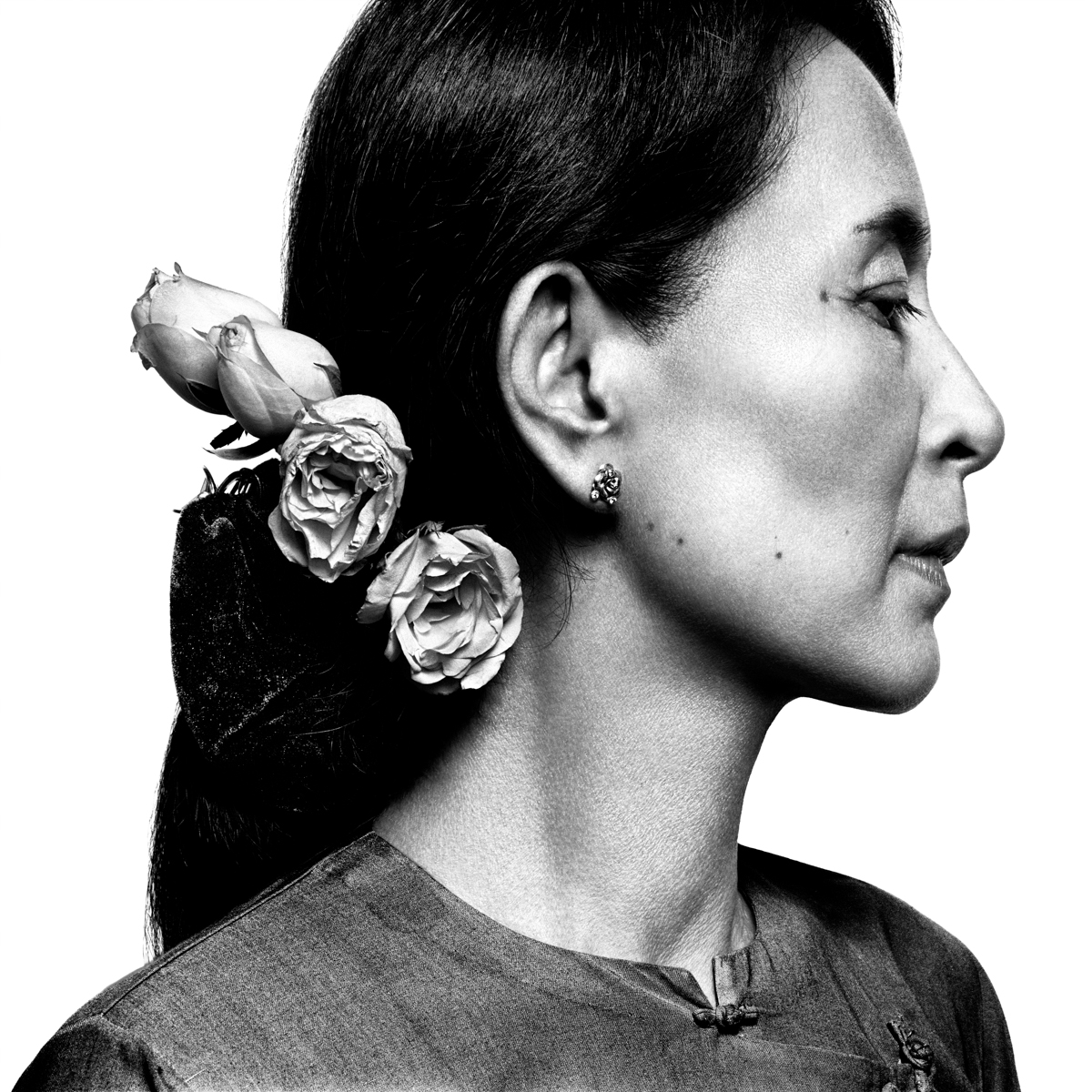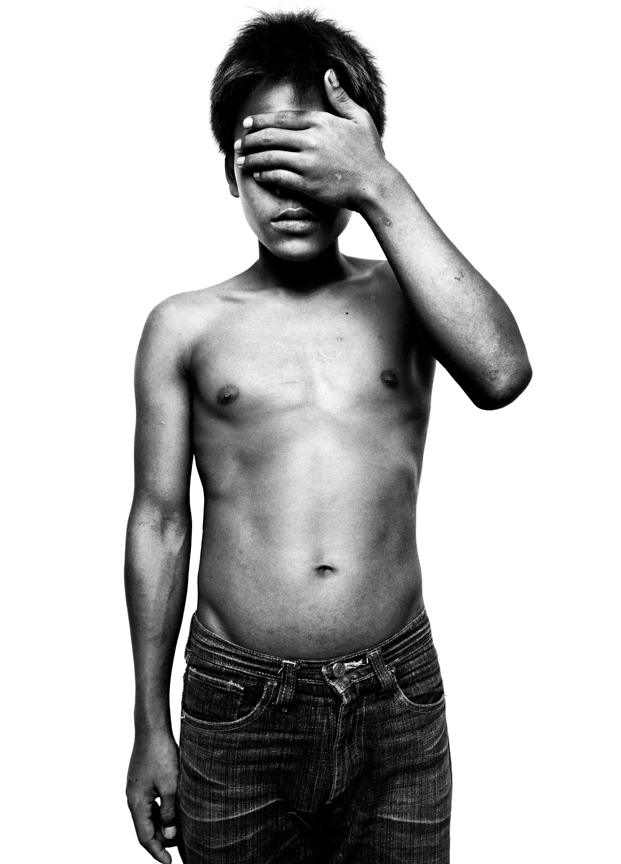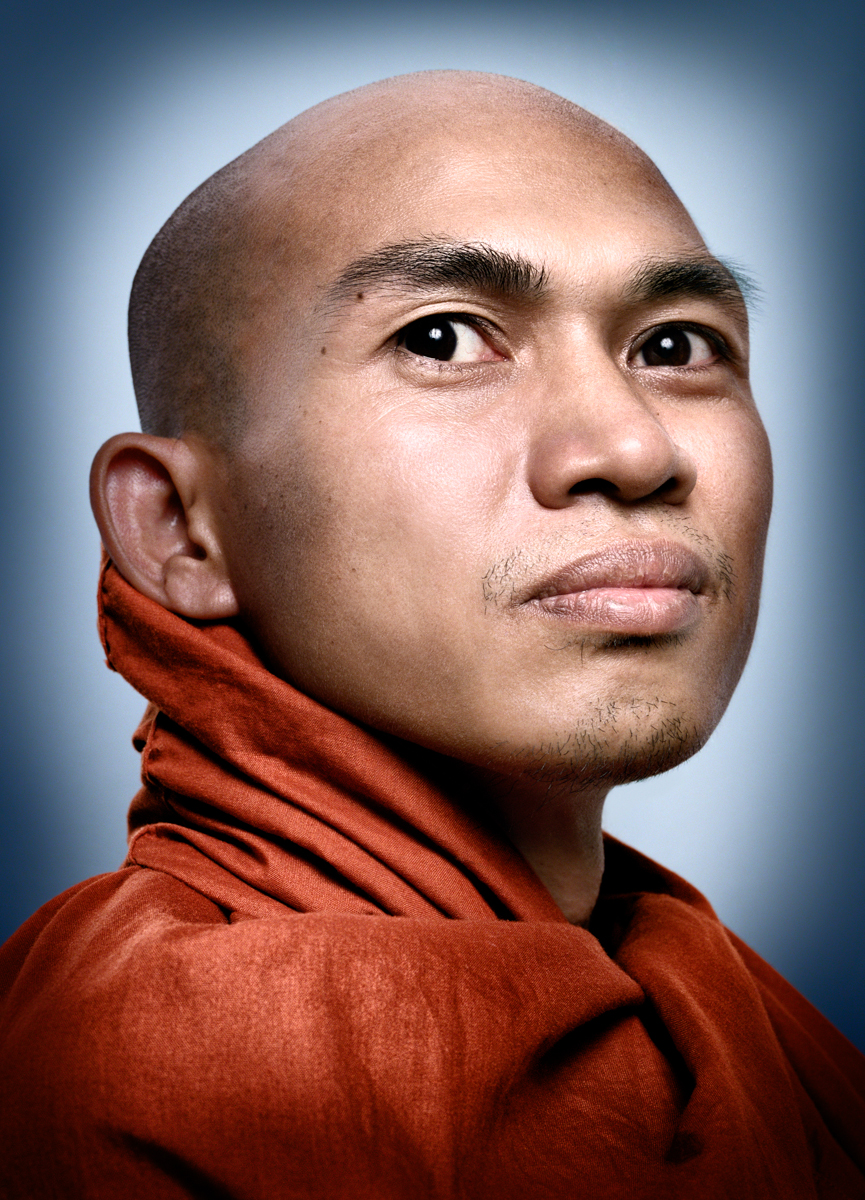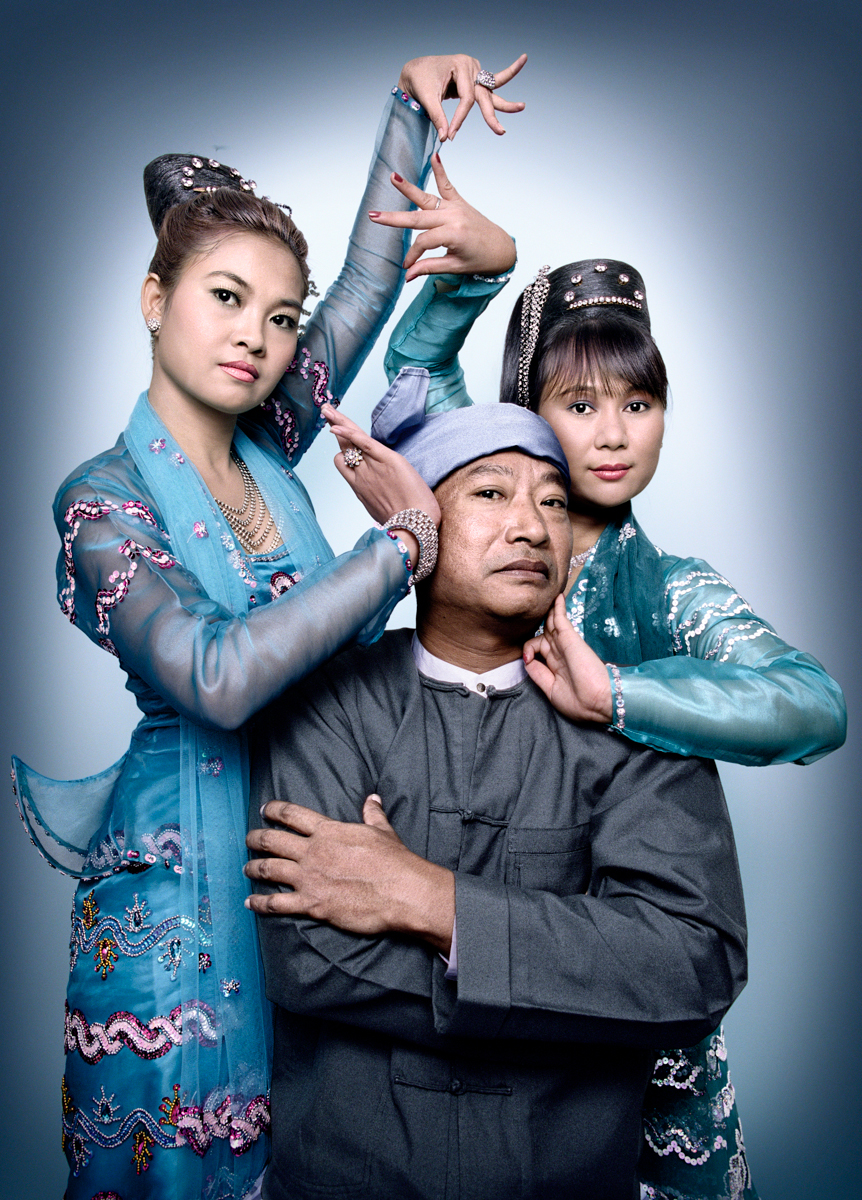Exiled: Burma's Defenders
Lorem ipsum dolor sit amet, consectetur adipiscing elit. Sed vel urna at nibh posuere facilisis at in magna. Vivamus rutrum ante tempus est auctor ullamcorper. Fusce a ligula vel risus imperdiet condimentum at sed nunc. Duis nulla ante, consequat non volutpat ac, egestas eget felis. Suspendisse eu accumsan est. Nunc commodo feugiat molestie. Etiam aliquam mollis sem gravida ultrices. In vitae lectus erat, quis pellentesque augue. Vestibulum sed lobortis tellus. Pellentesque sed risus eu felis tempor condimentum eu ac justo.

In Burma, the HIV/AIDS medication supply is so limited that only one in four people requiring treatment receives it. These children, who are HIV positive, were orphaned or sent by their parents to Social Action for Women’s safe house, the Children’s Crisis Center for treatment or protection. SAW provides shelter, education, and basic services for Burmese children including antiretroviral medication. The children wear traditional Burmese tanaka wood paste painted on their faces for protection and decoration.

A group of monks prays
Left to right: Ashin Sopaka, Ashin Issariya, known as King Zero, and U Teza. September 2007 saw the largest popular protests against military rule in Burma in nearly 20 years, as monks left the relative safety of their monasteries to lead street protests, which came to be known as the Saffron Revolution. Burmese government security forces killed, beat, tortured, and violently dispersed peaceful protesters including monks. In the ensuing crackdown, Burmese courts sentenced hundreds of political activists and monks to long prison terms, some as long as 65 years.

Aung San Suu Kyi
Aung San Suu Kyi is a Burmese politician and leader of the National League for Democracy in Burma, which won a resounding victory in November 2015 nationwide elections. In 2016 she became Burma's first female Minister of Foreign Affairs, as well as assuming the powerful role of State Counsellor, a ministry created to counter-act the military drafted 2008 Constitution which barres her from assuming the presidency.
This photo was taken shortly after she was freed from house arrest in November 2010, where she had been held for almost 15 of the 21 years from 20 July 1989.

A 16-year-old former child soldier from Mandalay hides his face to protect his identity. He fled after he was sent to the front line in Kachin state. Burma has had large numbers of child soldiers during its decades-long civil war. While the Burmese military has cooperated with the United Nations in releasing several hundred current and former child soldiers from its ranks, the problem persists. Many of the 17 non-state armed groups in the country fighting the government also use child soldiers.

A prison lock from the Assistance Association for Political Prisoners Museums in Mae Sot, Thailand.

Aung Myo Thein
Aung Myo Thein spent more than six years in prison for being an 88 Generation student union leader. More than 2,100 political prisoners are locked up in Burmas squalid prison complexes today, including monks, artists, journalists, students, and political activists. Aung Myo Thein fled Burma in December 2007, leaving his 6 year-old son behind: “I haven’t seen him since he was 3 years old.”

Ashin Issariya
Ashin is a Burmese monk who fled Burma to Thailand following the demonstrations of 2007.

Par Taw is a former child soldier from the Karen National Union. He was injured by a landmine in November 2002. "When I got injured, my wife and children left me."

These migrant laborers work in the fields of Mae Sot, Thailand. There are currently an estimated two million migrant workers from Burma living in Thailand. Many Burmese migrant workers in Thailand suffered as forced laborers in Burma. The Burmese army has used forced labor to build roads, act as “porters” for the military, to build infrastructure, to maintain bases, and to serve troops and patrols. Women are subject to sexual violence, and the military literally “lives” off the civilian population as it travels, taking whatever it needs and conscripting civilian labor as it goes. Villagers receive no pay, must supply their own food, and are threatened with imprisonment should they refuse to participate. Porters have been beaten and killed when they tire under their heavy burdens.

Kyaw Htet, 22, is a former motorcycle mechanic in Prome. Like many young people in Burma, he embodies the unstable future of youth in Burma whose opportunities and education are limited, especially if the family has any association with the political opposition. Kyaw Htet left Burma to pursue his dream of being a musician and helping his community.

Mya Sabal Ngone, a 27 year-old dancer in the Thee Lay Thee troupe; Godzilla, and his wife, Chaw Su Myo, a 34 year-old dancer in Thee Lay Thee. The creative community in Burma has been among the leading voices challenging military rule with art and humor and they are therefore frequently targeted for arrest and detention. Zargana, one of Burmas most famous comedians, is a long-time critic of military rule who became a high-profile activist and relief worker after the devastation of Cyclone Nargis. Zarganas Thee Lay Thee troupe, led by his close creative collaborator Godzilla, fled after Zarganas 2008 arrest and sentencing to 59 years in prison, reduced in 2009 to 35 years. Zargana was released from prison in 2012.

Harn Lay
Harn Lay is one of Burma's best-known cartoonist. His work was for years published in The Irrawaddy, a Burmese newsmagazine and website (named after Burma's main river). A graduate of the Rangoon School of Fine Arts Academy and former rebel soldier, Harn Lay fled to Thailand following the 1988 protests and ensuing crackdown in Burma. In April 2010, Harn Lay was awarded a Hallman/Hammett grant, administered by Human Rights Watch. When asked if he could go back to Burma, Harn Lay joked, I will not stay free for long. "If they sentence me to one year per cartoon, I will have to serve more than one thousand years in prison."

Democratic Voice of Burma (DVB) broadcast journalists Thiri Htet San, 30, a former newscaster in Burma, and Moe Zin, 34. The DVB is a satellite radio and television news service, with highly professional reporters who risk their lives to report and record events inside Burma, and then to broadcast the news back into Burma and to distribute worldwide. One DVB Video journalist who was arrested in 2009 was sentenced to 27 years in prison for filming interviews with monks.

Abu Mayor and Linda Desube, sex workers from Burma and members of Empower, a Thai organization of sex workers promoting rights, education and opportunities. Most sex workers from Burma provide the main source of income for their families and communities, supporting 5-8 other adults. They contribute to community projects at home; support other migrant workers and democracy movements. Like all migrant workers, many times they are offered the worst working conditions in the industry. Migrant sex workers from Burma strive to improve working conditions and promote the dignity of migrants, women and sex workers.

Shirley Seng, 63; Mary Labang, 36; and Nan Pyung, 21, are members of the Kachin Womens Association Thailand of Chiang Mai. They speak out against the multiple forms of violence in Burma that result in the displacement, trafficking and migration of indigenous Kachin women, as well as women belonging to other ethnic minorities such as the Karen, Lahu and Shan minorities. Kachin is he northernmost minority ethnic state in Burma.

